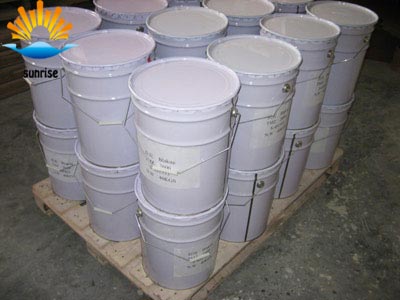Product
Fused Cast AZS Block
AZS Casting Type
AZS Ramming Materials
Fused Cast AZS TY-AZS41
Fused Cast AZS TY-AZS36
Fused Cast AZS TY-AZS33
Fused Cast Alumina Block
Fused cast Alumina Block TY-H
Fused cast Alumina Block TY-A
Fused cast Alumina Block TY-M
Fused Cast High Zirconia Block
Fused Cast Skid Rail Block
Silica brick
Magnesia Series Brick
Bonded Refractory Block
High alumina And Fire clay bricks
Insulation Series Brick
Ceramic Fiber Products
Contact Details
- 0086 371 63838939
- 0086 371 63835539
- sales@sunriserefr.com
- tkfanyi
- No.36 Fengchan Road, Zhengzhou City
Solutions
What are industrial furnace lining refractory?
- More related products
- Fused Cast AZS Block
- Fused Cast Alumina Block
- Fused Cast High Zirconia Block
- Fused Cast Skid Rail Block
Refractory materials as building materials, a wide variety, shape and diverse, complex uses, widely used in various industrial furnace linings. In practical applications, generally based on the specific use of the environment and process needs to choose to show. Refractory materials are mainly the following categories:
(1) Classification according to the degree of refractoriness: Generally speaking, refractories can be divided into three categories according to their refractoriness: ordinary refractories (1580-1770 ℃), advanced refractories (1770-2000 ℃) and special refractories above 2000 ℃ .
(2) According to the outline classification: standard brick, shaped brick, special brick and amorphous material.
(3) According to the manufacturing method Category: Burn products, non-baked products, cast products and amorphous refractory materials.
(4) Classification by chemical mineral composition: Silica, aluminum silicate, magnesia, zirconium, silicon carbide and carbonaceous materials, as well as carbonaceous materials, as well as special refractory materials such as pure oxides and carbides , Nitrides, silicides, borides and cermets.
(5) Classification by stomatal rate: According to the stomatal rate, it is generally divided into seven categories: 1) the stomatal ratio is less than 3% classified as special compact; 2) the stomatal ratio is 3% to 10% 3) the apparent porosity of 10% to 16% classified as dense products; 4) the apparent porosity of 16% to 20% classified as sintered products; 5) the porosity of 20% to 30% classified as ordinary products ; 6) the apparent porosity of 45% to 85% classified as light products; 7) 45% to 85% of the apparent porosity classified as ultra-light products.
Application of Insulation Materials in Industrial Furnace Linings
In the industrial structure, it is generally provided with a layer of material having good heat-insulating properties on the back of the refractory material which is in direct contact with the high temperature (also in direct contact with the high-temperature environment), on the one hand to reduce the heat loss of the furnace body and to improve the thermal efficiency, At the same time can reduce the temperature outside the furnace to improve the furnace environment. This material is commonly referred to as insulation.
In industrial applications, thermal insulation materials are generally divided into three categories: pores, fibers and particles. In practice, the same kind of insulation materials are also divided into refractory and heat insulation according to whether they are in direct contact with high temperature environment. Hanyang Industrial to provide you with high-quality refractory materials.
(1) fire-resistant light materials. More light-weight refractory material refers to high porosity, low bulk density, low thermal conductivity and can withstand a certain temperature and load refractory material.
1) stomatal lightweight refractory material. Common stomatal light refractory materials are: hollow alumina balls and products, zirconia hollow ball and products, high alumina insulation brick, mullite insulation brick, clay insulation brick, diatomite insulation brick, Silicone insulation bricks.
2) Fiber insulation refractories. Common fiber insulation refractory are: all levels of ceramic fiber cotton and its products.
(2) Insulation lightweight materials. Insulation lightweight materials are relative to the fire-resistant lightweight materials, the use of parts and functions mainly from the role of thermal insulation. Commonly used in the back of the refractory working layer material, play a role in blocking the furnace heat dissipation, support the furnace supporting steel structure, such as slag cotton, calcium silicate board and various types of insulation panels.


Read more
Need more information? Drop us a line
For more information on any of our products please get in touch using the form below. One of our sales team will respond to your enquiry as soon as possible.
Copyright © 2014 Zhengzhou Sunrise Refractory Co., Ltd. Site Index Product IndexSitemap









